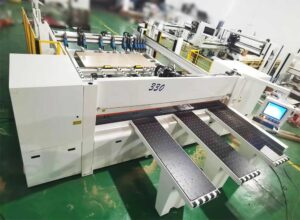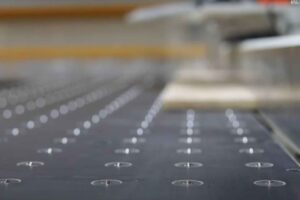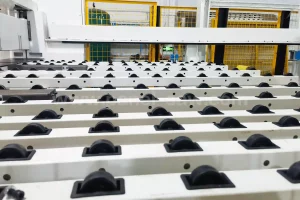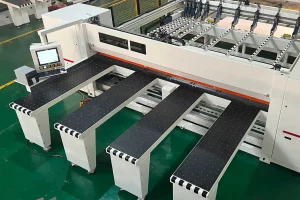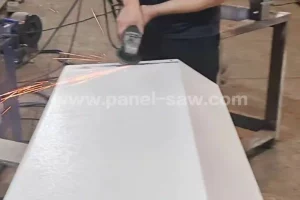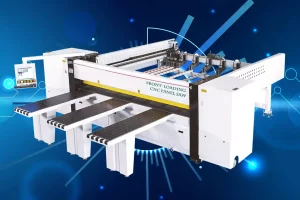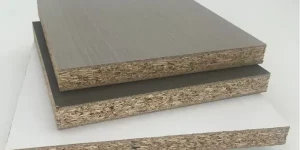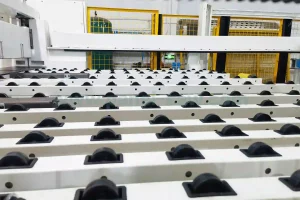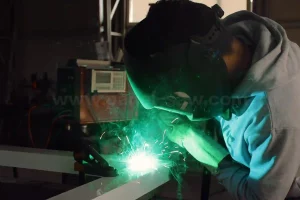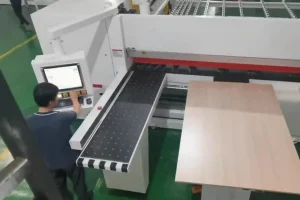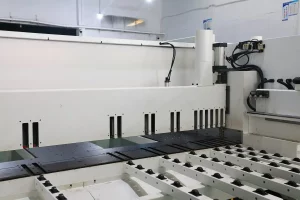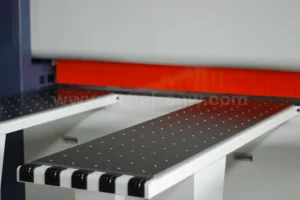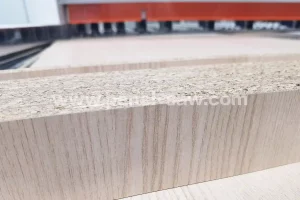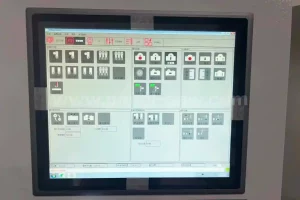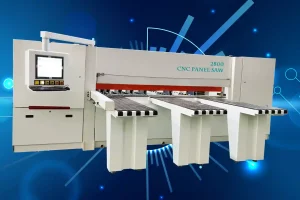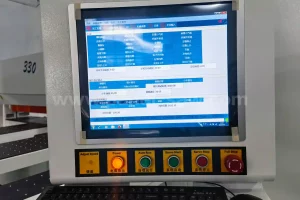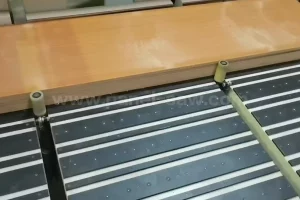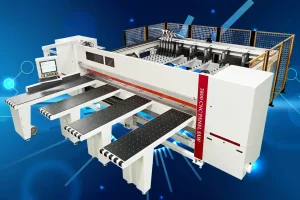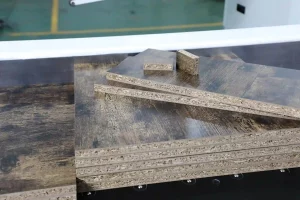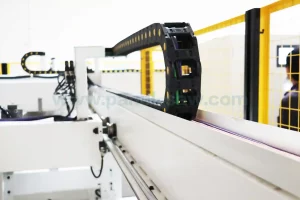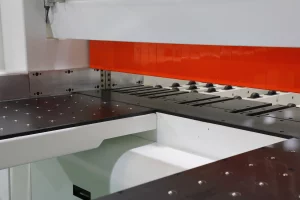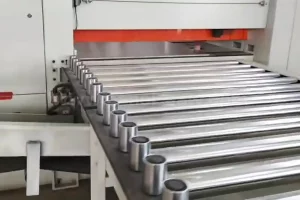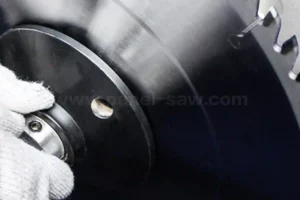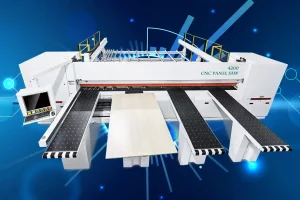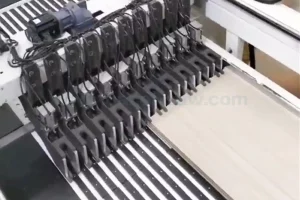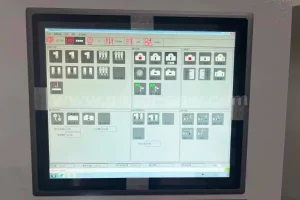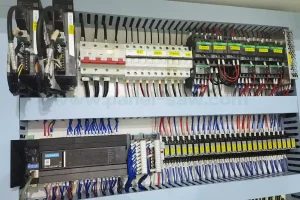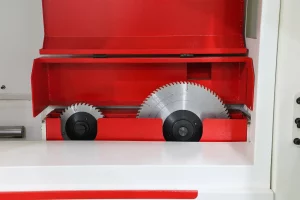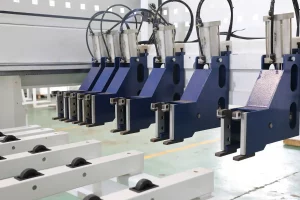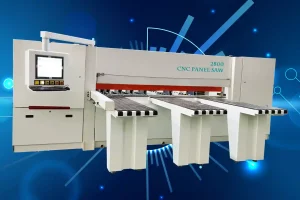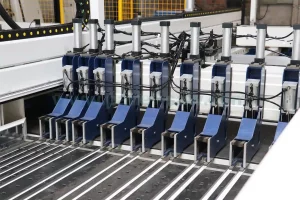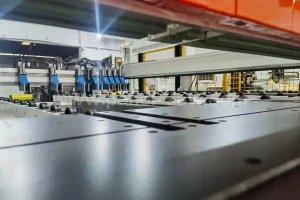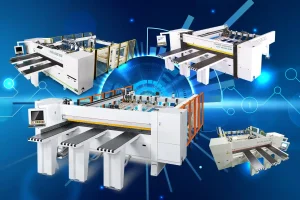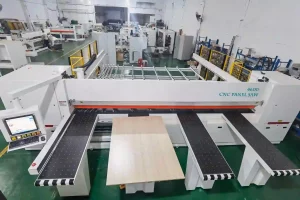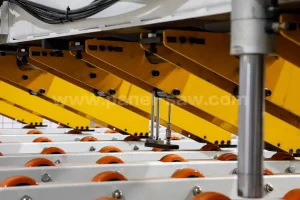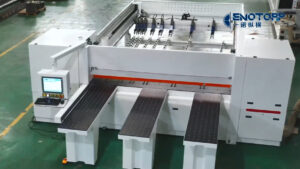
Factors to Consider When Buying a Computer Panel Saw: Understanding the Computer Panel Saw Price
Investing in a Computer Panel Saw is a significant decision that requires careful consideration of various factors to ensure that you make the right choice for your business or project. The Computer Panel Saw price is influenced by multiple elements, including the type of material it can cut, the size of the saw, its power and speed, precision, cost, brand reputation, warranty, and additional features. This comprehensive guide will help you navigate these factors to make an informed investment.
The Importance of Material Compatibility in Determining Computer Panel Saw Price
When evaluating the Computer Panel Saw price, it is crucial to consider the type of material you will be cutting. Different saws are designed for specific materials such as wood, metal, or plastic. For example, a saw optimized for wood cutting might not perform well with metal, and vice versa. The material compatibility of a saw directly impacts its price, as specialized blades and cutting mechanisms are required for different materials. Investing in a saw that matches your primary material needs ensures optimal performance and longevity.
Additionally, material compatibility affects the overall efficiency and quality of your cuts. Using a saw designed for the wrong material can result in subpar cuts, increased wear and tear, and higher maintenance costs. Therefore, understanding the types of materials you will be working with and selecting a Computer Panel Saw accordingly is essential for both cost-effectiveness and operational efficiency.
Size Matters: Evaluating the Impact of Saw Size on Computer Panel Saw Price
The size of the Computer Panel Saw is another critical factor that influences its price. Larger saws are typically more expensive due to their enhanced capabilities and the increased amount of materials required for their construction. However, the size of the saw should be chosen based on the dimensions of the panels you will be cutting. Larger saws are ideal for bigger panels, while smaller saws are more suitable for smaller projects and tighter workshop spaces.
Furthermore, the physical footprint of the saw should be considered in relation to your available workspace. A larger saw requires more space, which may necessitate modifications to your current setup or even a larger workshop. Conversely, a smaller saw may be more economical and easier to accommodate but might limit the size and scope of the projects you can undertake. Balancing the saw size with your space and project requirements will help you determine the most appropriate and cost-effective option.
Power, Speed, and Precision: Key Factors Affecting Computer Panel Saw Price
The power and speed of a Computer Panel Saw are essential attributes that significantly influence its price. High-powered saws with faster cutting speeds can efficiently handle thicker and harder materials, making them ideal for demanding projects. However, these saws are often more expensive due to their advanced motors and robust construction. Evaluating your specific cutting needs will help you determine the necessary power and speed, ensuring you don’t overpay for features you may not need.
Precision and accuracy are equally important, especially for projects that require meticulous cuts, such as cabinetry or furniture making. A saw with high precision reduces material waste and ensures consistent quality, which can ultimately save money and improve project outcomes. Advanced features that enhance precision, such as computer-controlled adjustments and laser guides, often contribute to a higher Computer Panel Saw price but offer significant benefits in terms of efficiency and quality.
Cost, Brand, and Features: Making the Right Investment in a Computer Panel Saw
The overall cost of a Computer Panel Saw includes not only the initial purchase price but also maintenance, repair, and replacement part expenses. It’s essential to set a budget and select a saw that fits within your financial constraints while meeting your operational needs. Higher-end models with advanced features may have a higher upfront cost but can offer long-term savings through increased efficiency and durability.
Brand reputation and manufacturer reliability are also critical considerations. Established brands with a history of producing high-quality equipment often provide better customer service and support, which can be invaluable if issues arise. Reading reviews and researching manufacturers can help ensure you invest in a reputable product.
Lastly, the features and capabilities of the saw play a significant role in its price and overall value. Advanced features such as automatic cutting, precision adjustments, and integrated software can enhance productivity and ensure high-quality results. While these features may increase the initial cost, they can provide substantial benefits in terms of time savings and project accuracy, making them a worthwhile investment for many businesses.
Conclusion: Navigating the Computer Panel Saw Price for Optimal Investment
In conclusion, understanding the factors that influence the Computer Panel Saw price is essential for making an informed investment. Material compatibility, saw size, power and speed, precision, overall cost, brand reputation, and advanced features all play critical roles in determining the most suitable saw for your needs. By carefully evaluating these factors, you can select a Computer Panel Saw that offers the best balance of performance, cost-effectiveness, and long-term value for your business or project.
Summary
When purchasing a Computer Panel Saw, several factors must be considered to ensure a wise investment. The type of material to be cut, the size of the saw, its power, speed, and precision, the overall cost, the brand’s reputation, and the saw’s features all influence the Computer Panel Saw price. By understanding these factors and selecting a saw that meets your specific needs, you can enhance your operational efficiency and achieve high-quality results.
FAQ
Q: What factors influence the Computer Panel Saw price?
A: The price is influenced by material compatibility, saw size, power and speed, precision, overall cost, brand reputation, and advanced features.
Q: Why is material compatibility important when choosing a Computer Panel Saw?
A: Different saws are designed for specific materials. Using the right saw for your material ensures optimal performance, longevity, and quality cuts.
Q: How does the size of the saw impact its price and usability?
A: Larger saws are more expensive and require more space but can handle bigger panels. Smaller saws are cheaper and more compact but may limit project scope.
Q: What benefits do high-powered and high-speed saws offer?
A: They can efficiently cut thicker and harder materials, saving time and increasing productivity, but they are often more expensive.
Q: How does precision affect the choice of a Computer Panel Saw?
A: High precision reduces material waste and ensures consistent quality, which is crucial for detailed projects like cabinetry and furniture making.
Q: Why should brand reputation and manufacturer reliability be considered?
A: Established brands with a history of high-quality products provide better customer service and support, ensuring a reliable investment.
Q: Are advanced features worth the higher Computer Panel Saw price?
A: Yes, features like automatic cutting and precision adjustments can save time and improve project accuracy, offering long-term benefits despite higher upfront costs.

